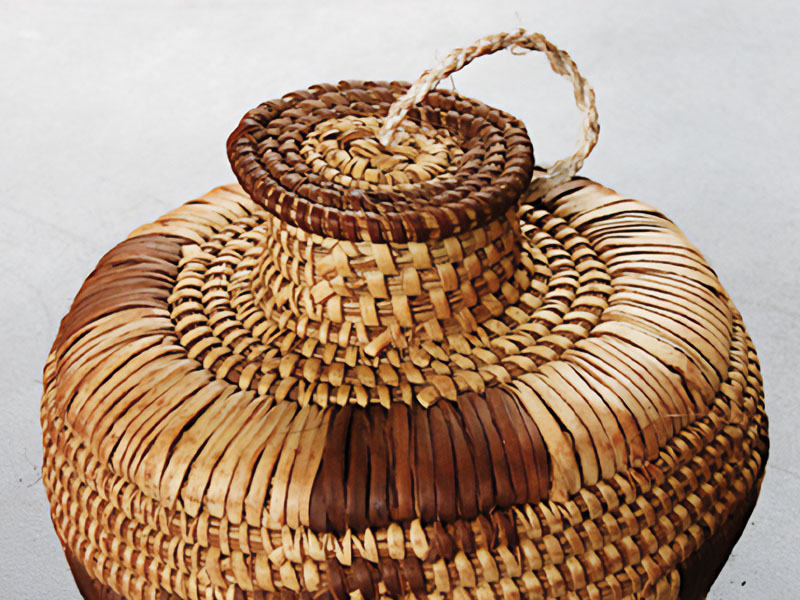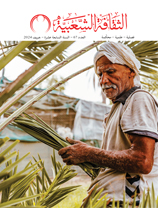Traditional Craft The necessity of it’s Studying and Methodology
Issue 12

Ali Bezzi (Lebanon)
Traditional craft are practical and cultural system. They are styles and arts of different industries. These industries are usually based on old methods which the craftsmen used to change from time to time. The styles of the performance varied through ages according to the changes of the society, its customs, traditions and needs. The styles of these crafts from anthropological perspective together with historical approach, all of which could remarkably help in understanding life in our societies.
So it is very essential to know the method of performing any craft and how it is developed or deteriorated and how has the society affected it. Traditional crafts are part of the traditional heritage dominated by negligence which is illustrated in the absence of documenting their elements.
Not only that but there is scarcity of researches studying these crafts. Needless to say that these crafts document practical and theoretical heritage. It is very essential to collect and document what remains in the memory of the community in particular in an age of rapid and continuous change. Documentation is essential for the history of an important era. The major objective is to know the significant aspects of these crafts with their historical, geographical, economic, social and cultural characteristics.
So we could reserve these crafts and give examples of each craft today’s craftsmen. On the other side, the economic and living atmosphere affects the craftsman. For instant the craftsman who produces a distinguished commodity will be proud of it. However, some of the craftsmen replicate stereotype models using the traditional tools and making traditional models so they get an insignificant benefit. Crafts are different from each others. Pottery craftsmanship, for instant is still confined within the family. But shoes craftsmanship depends on paid labour from outside the family. Usually increase in demand needs extra labour, normally from outside the family. We should study the family solidarity in these circumstances, and whether the style of the craftsmanship affects this solidarity. The commodities produced from the pottery craftsmanship gives extra income. Probably this explains the sustainability of this craftsmanship. Moreover, the effect of the social structure on the craftsmanship inevitably reflects on the environment of the craftsmanship to limit that there is neither trade unions nor co-operatives nor the legal institutions, nor any effects of the traditional belief on the crafts.




































































